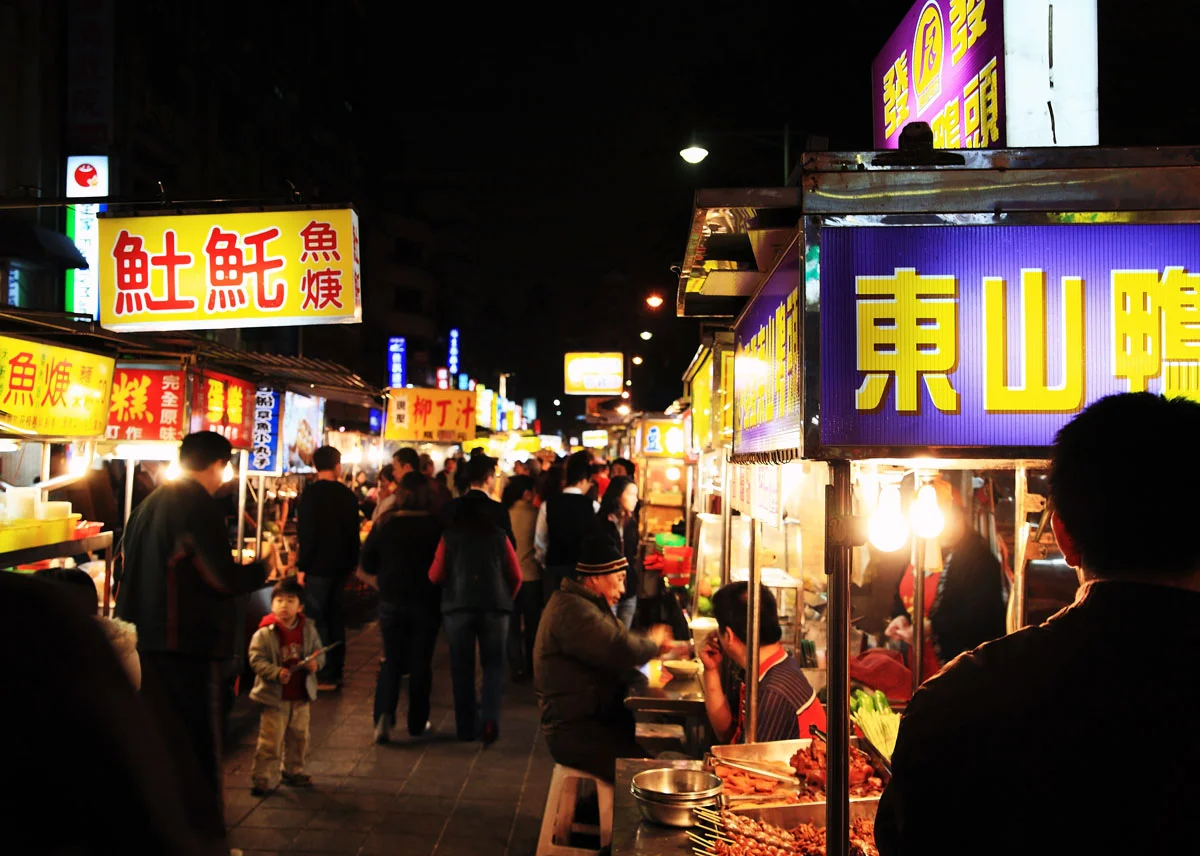What Your Kids Should Eat in Seoul
/Blazing its own path between big powers, keeping its own food traditions
Sandwiched for centuries between rival powerhouses China and Japan; sometimes peacefully trading with them and at other times occupied and subjugated by one or the other, Korea has fiercely held onto its unique culture and its language, music, design, and food – while adopting and adapting interesting and useful concepts and recipes.
As Korea takes a more prominent role on the world’s stage, and as flight options from North America increase, more and more families are coming to visit – and eat!
While Korean dishes have clear influences from both of its neighbors – such as noodles and dumplings from northern China, and seafood preparations from Japan – its own traditions of pickling and using spices to preserve food have led to flavors and textures unique to Northeast Asia. And the competitive landscape of family restaurants and street food vendors have led to a brisk evolution of new dishes to try.
It’s a given you’ll be served Kimchi on the side at many meals, and every restaurant and food stand has its own family recipe. So let’s look at some of the other dishes your family may enjoy:
Image by Alvin Smith via Flickr, CC 2.0 license
Bulgogi
Do your kids enjoy eating meat? Do they like backyard barbecues? Then they'll be in luck in Korea! These thin strips of beef are marinated in sweet soy sauce, sesame oil, and garlic and cooked quickly on the grill. Great by itself or in salads and noodle dishes, but some restaurants are even working it into burgers!
Image by Kevin via Flickr, CC 2.0 license
Galbi
Take that same marinade for bulgogi and put pork or beef ribs in it - let it get happy for several hours - and then put them on a charcoal or gas grill to get tender on the inside and crispy on the outside. Some restaurants even have little grills right at your table!
Image by Chloe Lim via Flickr, CC 2.0 license
Dakkochi
Sweet chili-basted chicken skewers! Sized just right for a snack while walking around the markets, and more nutritious than a pack of McNuggets...
Image by Arnold Gatilao via Flickr, CC 2.0 license
Pajeon
This eggy plate-sized griddled pancake is packed full of scallions and seafood - kind of like paella but more crunchy-chewy.
Image by Joamm Tall via Flickr, CC 2.0 license
Mandu (Korean Dumplings)
Nearly every culture has its own dumpling recipe, and they're always a sure kid-pleasing choice. As expected, you can find vegetable- and meat-filled options, but on some menus you'll see a fried dumpling that is actually stuffed with sweet-potato noodles!
Image by jamiefrater via Flickr, CC 2.0 license
Hoeddeok (Hotteok)
Pan-fried pancakes – but filled with peanut, cinnamon, honey and brown sugar. This would be great for an evening dessert, but of course an excellent breakfast for an activity-packed day!
Image by the Republic of Korea, CC 2.0 license
Bindaetteok
These are kind of like the Okonomiyaki "pancakes" famous from Osaka, Japan, but these are a little smaller and have more structure to them. They're made from ground mung beans and filled with vegetables (and sometimes pork), onion, and kimchi, then deep fried and salted, and served with a vinegary dipping sauce. You can eat them with a knife and fork, or put a wrapper around them and have them while you walk around a night market.
Image by travel oriented via Flickr, CC 2.0 license
Gyeramppang
The root of this word, "amppang", means bread (and sounds like the Japanese word meaning the same thing) - and "gyer" means egg. The bread is rich and sweet like a brioche, and before the little loaves are baked they slice a cut along the top and crack an egg into it. It's all baked together so you get something like a deconstructed French Toast when you bite into it!
Image by takaokun via Flickr, CC 2.0 license
Jajangmyeon
In Beijing we recommend the zhajiang mian, a very similar dish with wheat noodles and thick sauce, and when you sound out the names the relationship makes even more sense. But the Korean version has an even thicker, meatier sauce, and some places will make it so dark the noodles disappear! This is great with grilled meat, and considered to be one of Korea's most traditional "home-cooking" meals.
Image by Ten-ele-ven via Flickr, CC 2.0 license
Tteokbokki
They may look like rigatoni pasta, but they're made out of rice flour instead of semolina wheat, and they're not hollow. There's also minced fish added to the dough before it gets boiled. The rice flour makes them chewy, and they're usually served in a bright red spicy sauce. (But it's Korea and everything has a little spice to it.)
Do you have other foods to suggest? Great family-friendly and accessible restaurants to recommend? Please comment below, or drop us a note on Twitter at @weninchina!
Image of Seoul by Carmine.shot via Flickr, CC 2.0 license
Many people have much to say about food:
http://www.cnn.com/travel/article/best-korean-dishes/index.html
https://migrationology.com/south-korean-food-dishes/
https://en.wikipedia.org/wiki/List_of_Seoul_dishes
https://theculturetrip.com/asia/south-korea/articles/14-mouth-watering-south-korean-foods-to-try/
https://sethlui.com/must-eat-food-seoul-korea/
https://www.theguardian.com/travel/2012/nov/28/seoul-south-korea-food-guide-dishes
http://www.thisisinsider.com/foods-to-eat-in-south-korea-2016-7
https://www.tripsavvy.com/food-you-need-to-try-in-seoul-south-korea-4143247
https://lajollamom.com/seoul-food-guide/
And check these weninchina articles and resources:
Wordsearch activity page - What Your Kids Should Eat - Seoul
3 Easy Ways to Save Money on Family Meals in Asia
Our “Seoul” folder on Pinterest
Our “Asian Food Inspiration” folder on Pinterest




























